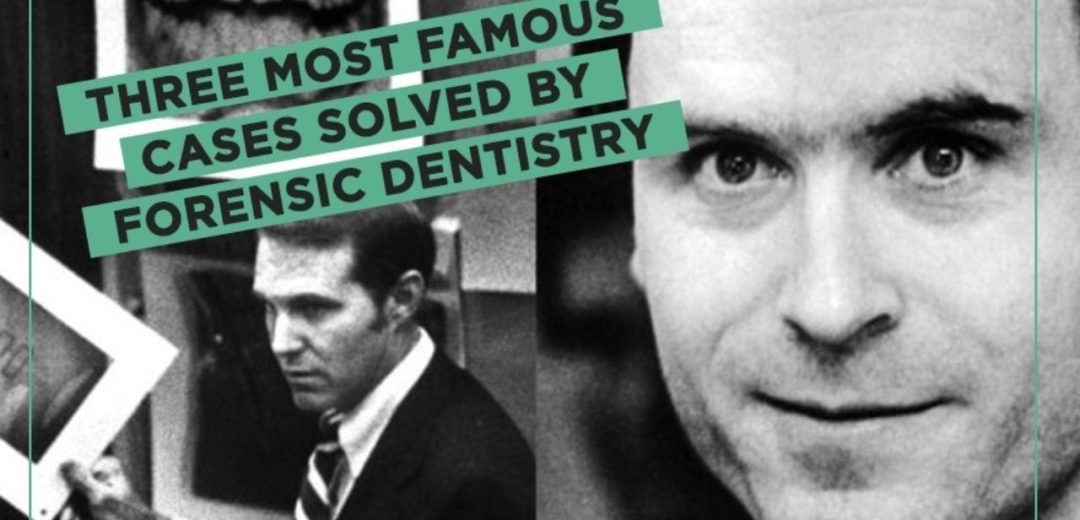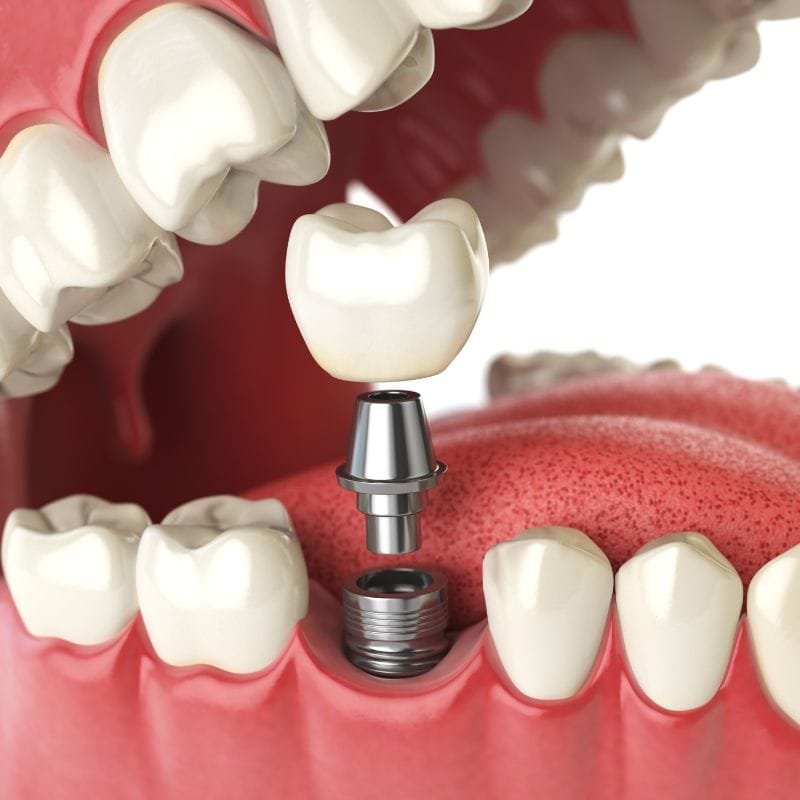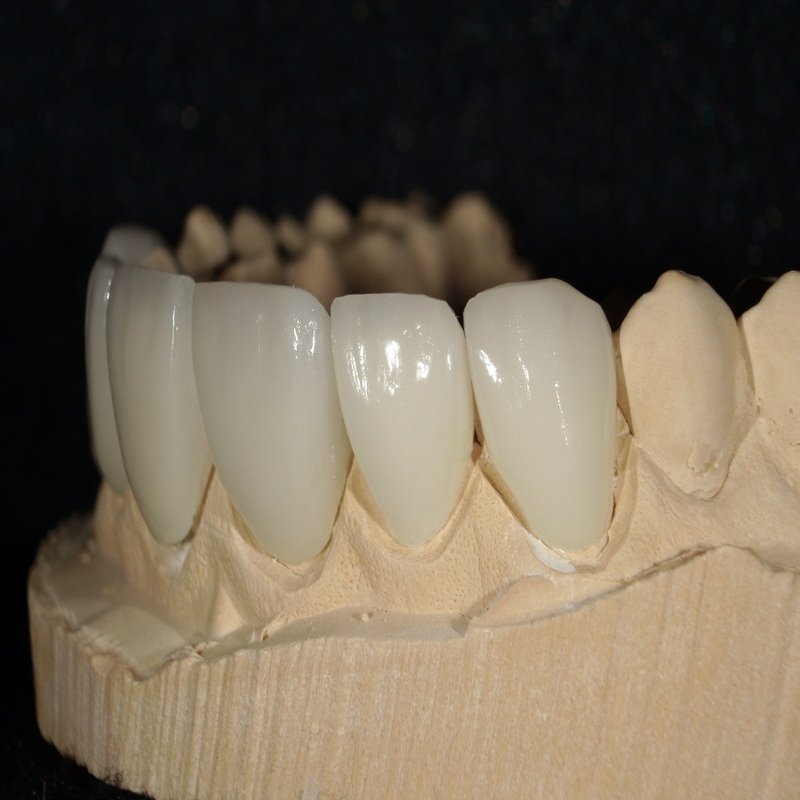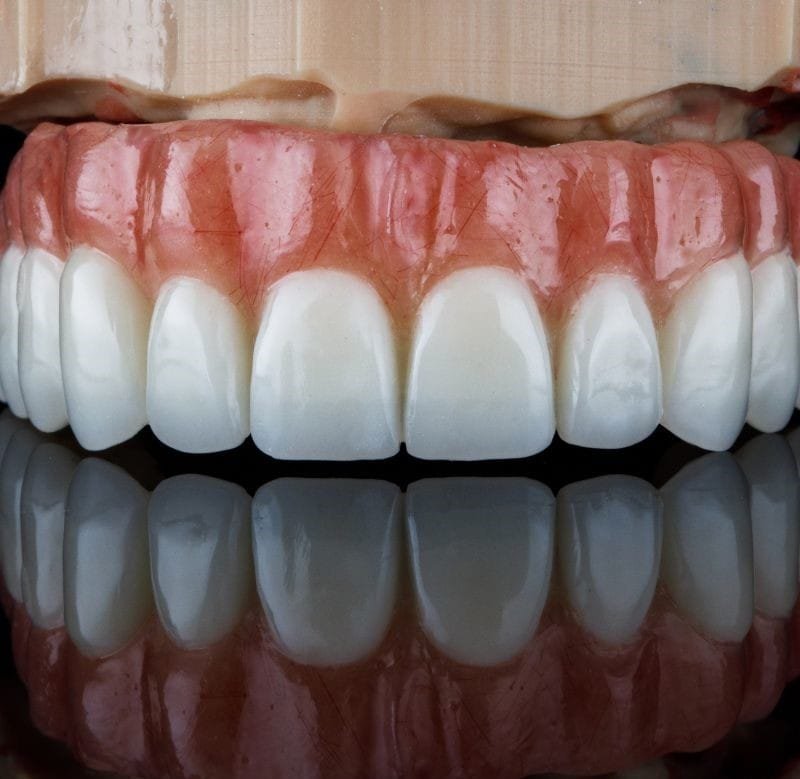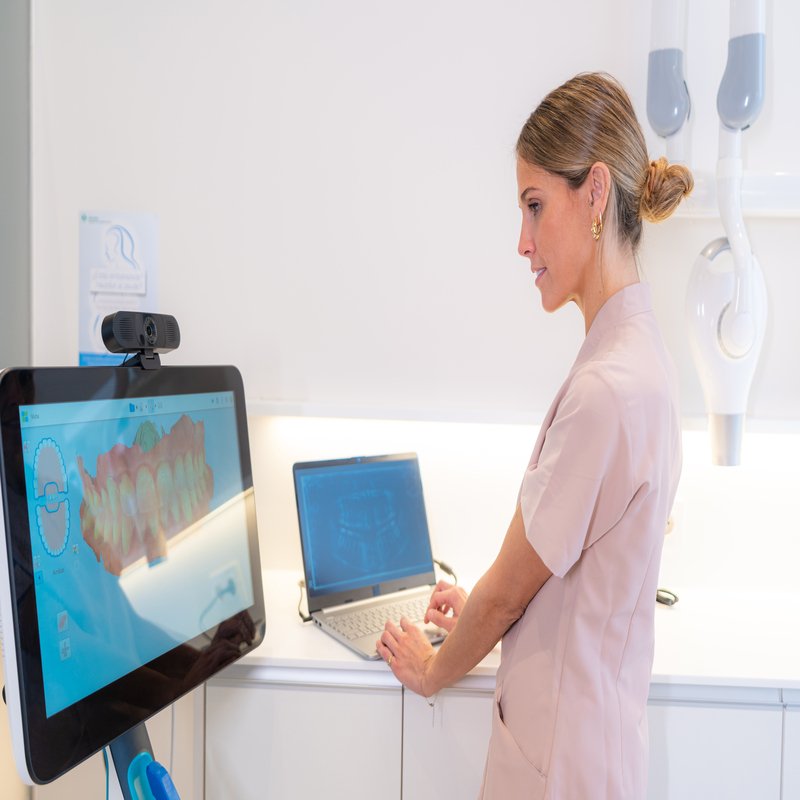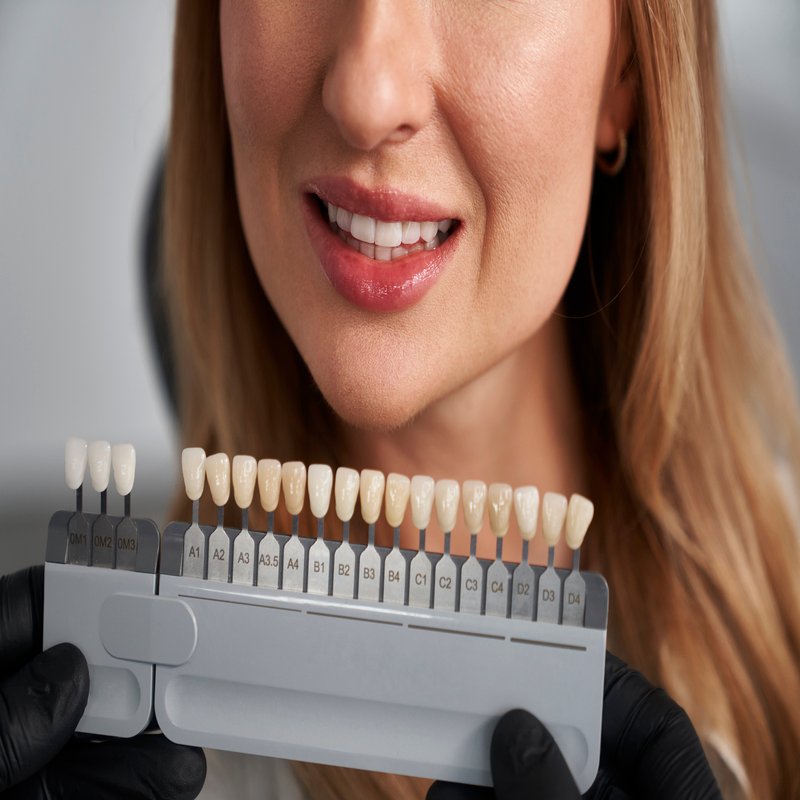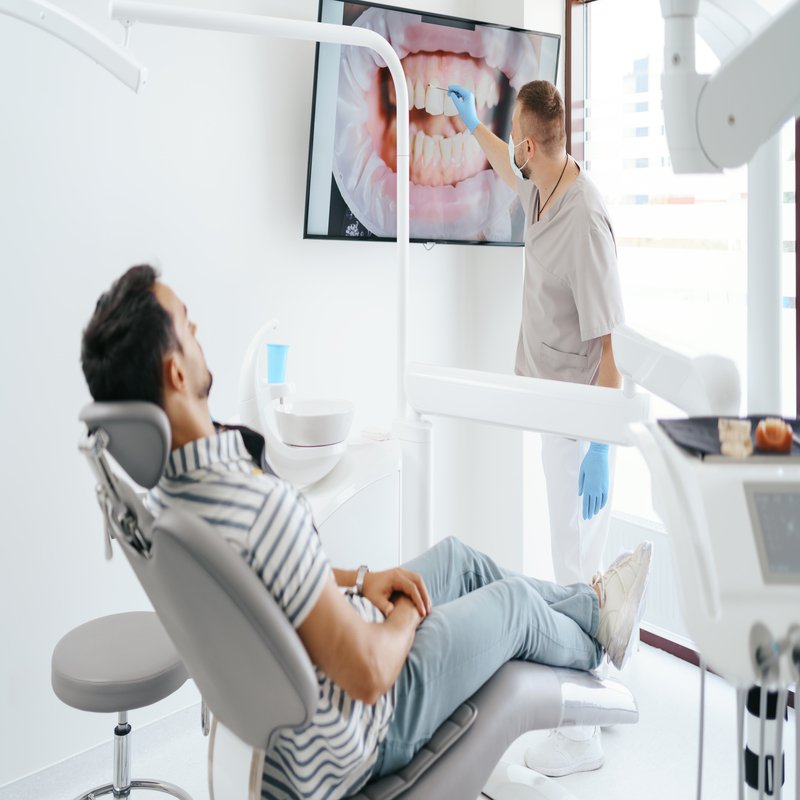- Edmundo, O. Gorman 10401-A, Zona Urbana Rio Tijuana, 22010 Tijuana, B.C., Mexico
- info@trustdentalcare.com
- Home
- Dental Treatments
- Best Dental Clinic in Tijuana
- Our Dental Technology in Tijuana
- Tijuana Dentist Reviews
- Smile Gallery
- Dental Prices Tijuana
- Blog
Odontology Forensic Cases: 3 Stories Solved by Dental Records?
Odontology forensic cases, often reminiscent of the captivating narratives of crime series, involve examining dental records to solve complex cases. This comprehensive article delves into the fascinating world of forensic dentistry, focusing on historical instances in which dental evidence has been the key to justice.
Odontology forensic case #1: Bite Marks in 1692 George Burroughs
1692 during the notorious Salem Witch Trials, a significant precedent was set when bite marks were introduced as evidence in a courtroom. This practice lacked scientific grounding, and it had far-reaching consequences in the realm of dental forensics.
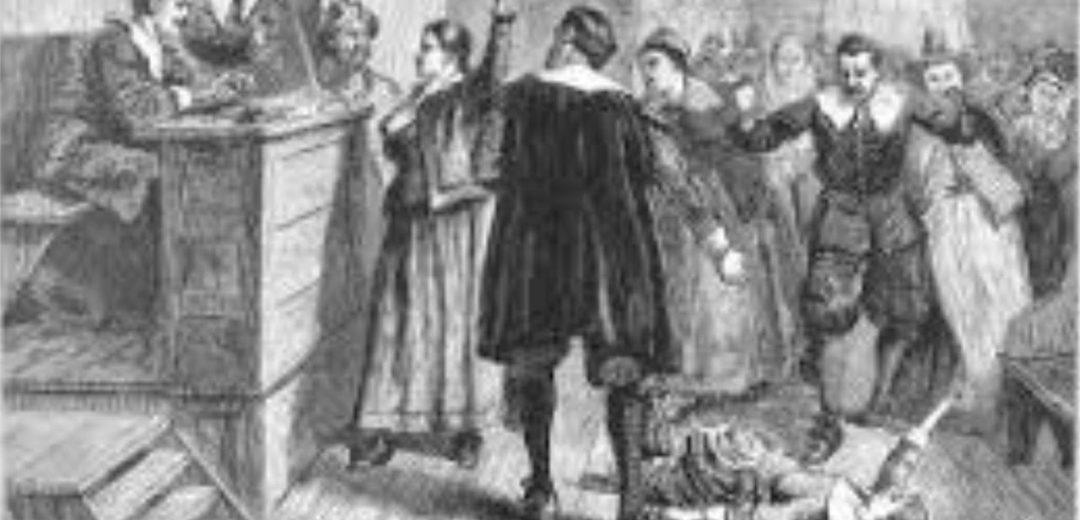
The Wrongful Conviction of George Burroughs
George Burroughs, a Massachusetts resident, faced arrest in 1692 under suspicion of witchcraft. His case involved bite marks as evidence despite the absence of solid scientific proof. Tragically, he was convicted and subsequently hanged, even when there was no substantial scientific basis for such bite mark analysis in forensic dentistry.
Truth and Justice in Odontology Forensic Case
Nevertheless, the story doesn’t end there. Forensic dentistry, committed to uncovering the truth, eventually proved George Burroughs’ innocence. Decades after his execution, it became clear that he was innocent, leading to compensation for his family for the grave injustice in this historic forensic dental case.
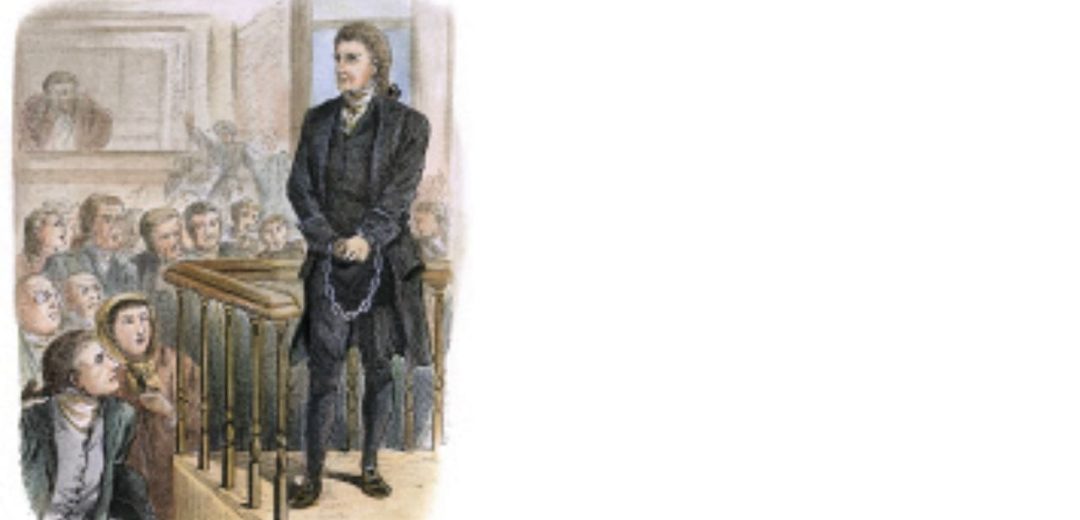
#2 Odontology forensic case: Role of Bite Marks in 1974
The initial instance of employing bite-mark analysis in a legal case took place in 1974, involving the accusation of Walter Edgar Marx in the rape and murder of an older woman within her California residence. Allegedly, Marx had bitten the woman’s nose during the incident. However, the examination was delayed for approximately two months after the woman’s burial, necessitating the exhumation of her body to facilitate the comparative analysis. Nevertheless, this particular evidence led to Marx’s conviction.
Setting an Important Precedent in Odontology Forensic
Walter Edgar Marx’s case became an important legal precedent. Despite lacking a solid scientific foundation in bite mark analysis, his trial contributed to recognizing and considering bite mark evidence in the judicial system, influencing future forensic dental cases.
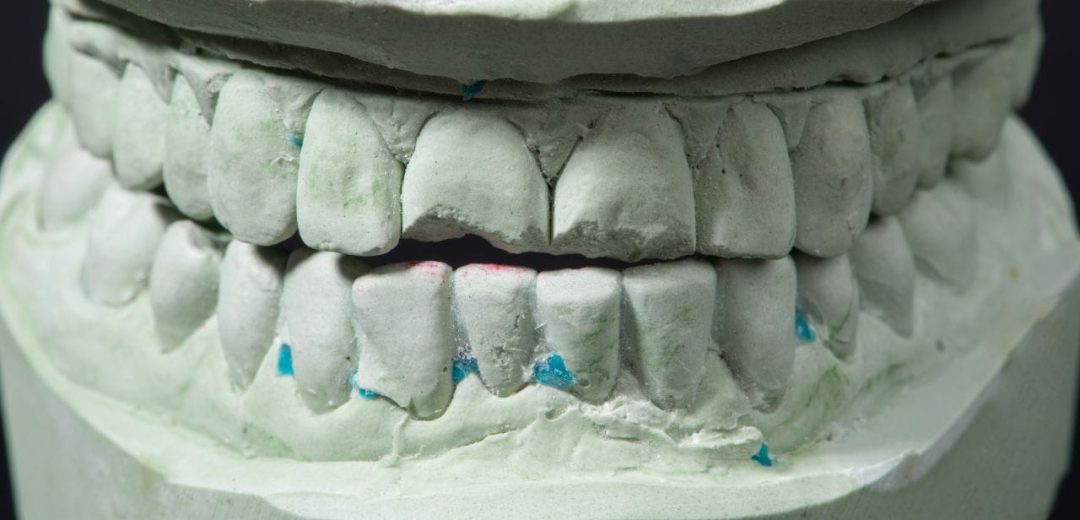
Odontology forensic cases #3: The Nirbhaya Case
Forensic dentistry has come a long way since its early days. A modern example of its success is the SDM Dental College’s forensic dentistry department in Dharwad, India, which played a vital role in the rape and murder case of Nirbhaya, a prime illustration of contemporary forensic dental cases.
The student and her male companion entered an out-of-service bus at approximately 20:30 local time on the evening of December 16, 2012, following a visit to a high-end shopping mall to watch a movie.
Already present on the bus were six men who proceeded to assault the couple. They took turns sexually assaulting the woman and subjected her to a violent attack using an iron rod, while her friend was also subjected to physical assault.
Detailed Analysis and Conclusive Report in Dental Forensics
The Delhi Police sought the expertise of the SDM Dental College’s forensic dentistry department due to its renowned expertise in forensic odontology cases. The department conducted a meticulous forensic analysis, using computerized methods to compare the bite marks found on the victim’s body with the dental records of the accused, except for the minor, an integral step in solving dental forensics.
Over five days, from January 3 to January 7, 2013, the team performed an exhaustive analysis and identified at least five matching bite marks in this pivotal dental forensics case. They presented a 12-page report to the Delhi Police, including the degree of certainty in identifying the accused.
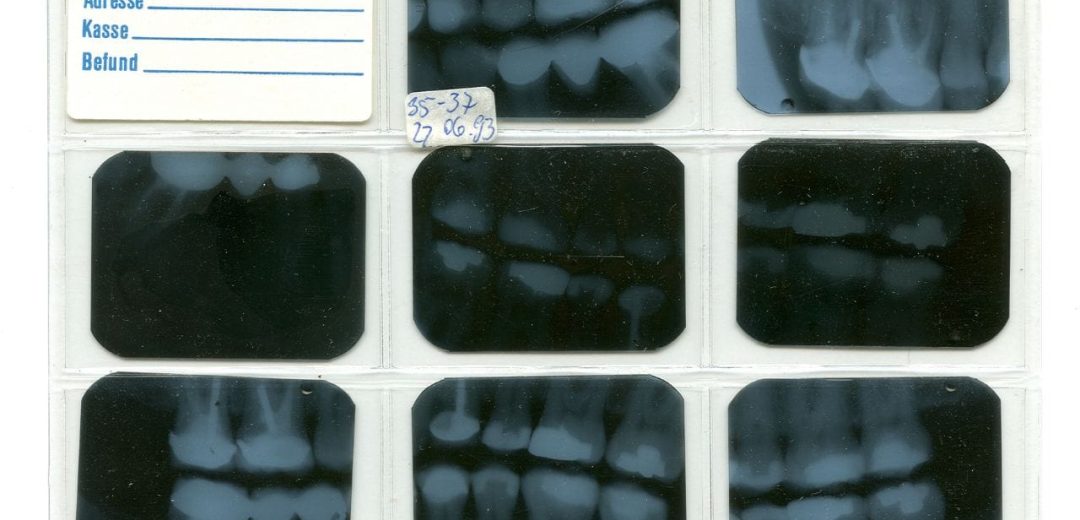
Crucial Court Testimony in Dental Forensics
The report was presented in the Saket court on May 6, and Dr. Ashit B Acharya, the head of the department, testified in court, enduring an hour and a half of cross-examination by the defense attorney in this landmark dental forensics case. The court accepted the evidence presented by the forensic dentistry department as conclusive, which was crucial in the Nirbhaya case, leading to the conviction of the accused.
Over the years, forensic dentistry has witnessed significant scientific advancements in solving cases. These advancements have enhanced the accuracy of bite mark analysis and expanded the horizons of what dental records can reveal in dental forensics.
Dental Records As Unique Fingerprints In Forensic Odontology Cases
One remarkable aspect of forensic dentistry is that dental records often serve as unique fingerprints. Just as no two individuals have the same fingerprints, dental records are highly individualized, containing specific details about the arrangement, condition, and history of a person’s teeth, a critical aspect of dental forensics.
These records can reveal a multitude of information about an individual in dental forensics, including their age, dental treatments, and dental anomalies. Such information can be invaluable in identifying individuals in challenging cases.
Over the years, forensic dentistry has witnessed significant scientific advancements in solving cases. These advancements have enhanced the accuracy of bite mark analysis and expanded the horizons of what dental records can reveal in dental forensics.
Resilience Of Dental Records In Extreme Conditions In Forensic Odontology Cases
Forensic dentistry has further showcased its significance by highlighting the remarkable resilience of dental records in extreme conditions in dental forensics. Unlike other forms of identification, such as fingerprints or DNA, dental records remain relatively intact even in challenging circumstances, such as accidents, fires, or natural disasters, a valuable asset in solving dental forensics cases.
The durability of dental records allows forensic experts to establish identifications when other forms of identification are compromised or unavailable, a crucial element in dental forensics. This unique aspect of dental records makes them a vital asset in forensic investigations.
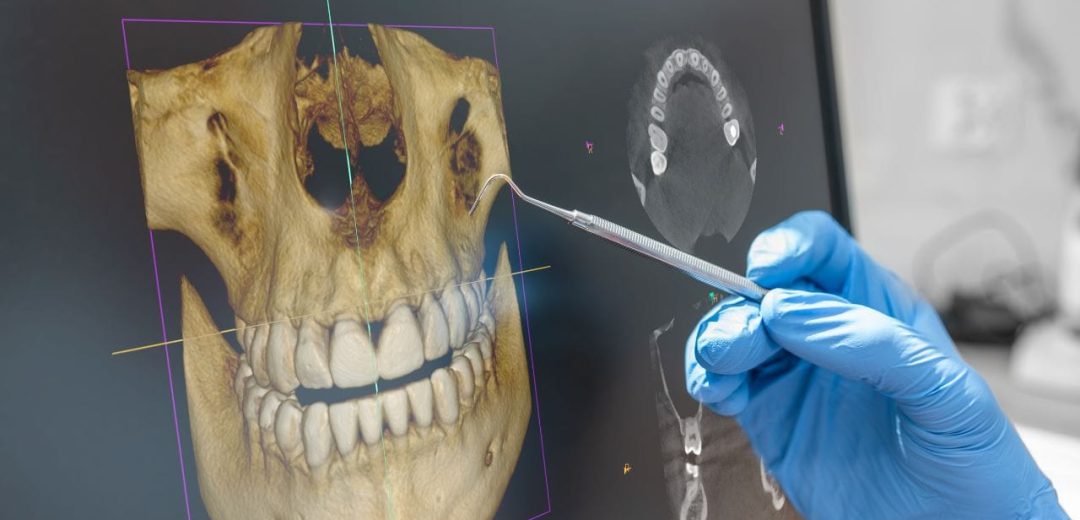
Ongoing Challenges and Advancements in Bite Mark Analysis
Bite mark evidence has a long history in criminal investigations, dating back to the Salem Witch Trials in 1692. It marks a significant historical context in dental forensics. While bite mark evidence has evolved significantly over the years, its historical context provides valuable insights into the challenges and advancements in this field.
Establishment of Guidelines for Bite Mark Analysis in Dental Forensics
In 1984, a pivotal development occurred when the American Board of Forensic Odontology (ABFO) established guidelines for bite mark analysis in dental forensics—these guidelines aimed to standardize the practice and enhance its scientific rigor. Establishing guidelines was a significant step towards ensuring the accuracy and reliability of bite mark analysis in dental forensics.
Advancements in Digital Imaging Methods in Dental Forensics
In recent years, advancements in technology have revolutionized the field of forensic odontology cases and dental forensics. Cutting-edge digital imaging methods, such as 3D scanning and computer-assisted bite mark analysis, have significantly enhanced the accuracy of bite mark analysis in dental forensics.
These technological advancements have minimized subjectivity in the analysis process, making bite mark analysis more precise and reliable in dental forensics. They have also enabled experts to present their findings more transparently and comprehensibly to the courts.
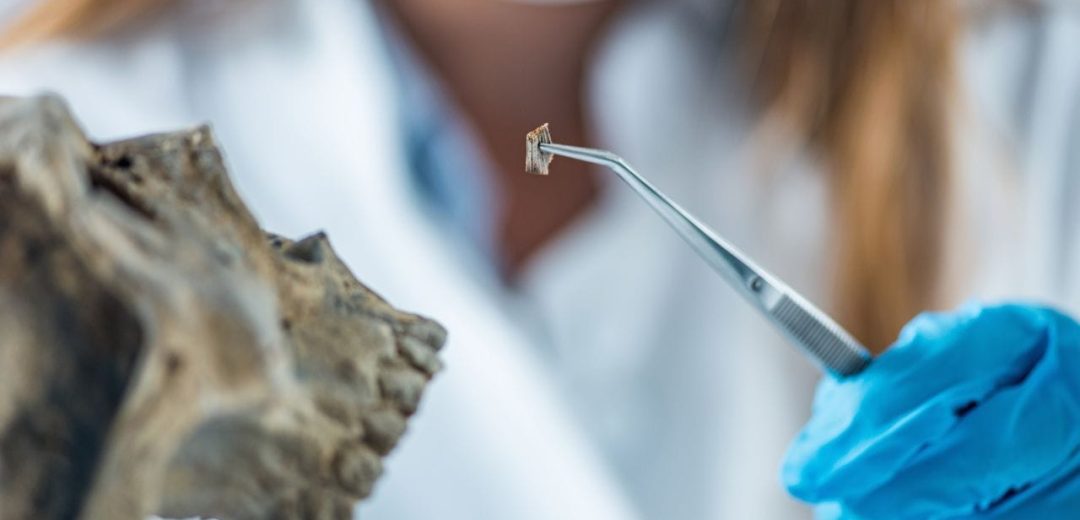
The Invaluable Role of Forensic Dentistry in Justice and Dental Forensics
In conclusion, the journey of forensic odontology cases has been nothing less than remarkable. From the Salem Witch Trials to modern successes like the Nirbhaya case, it has played a significant role in solving complex mysteries and ensuring justice prevails in forensic odontology cases.
This field is not only about solving crimes but also about preventing wrongful convictions, a critical aspect in dental forensics. It underscores the importance of regular dental care, not only for personal identification but also for overall well-being in dental forensics. Forensic dentistry is a testament to human progress and the unwavering pursuit of truth in dental forensics.
